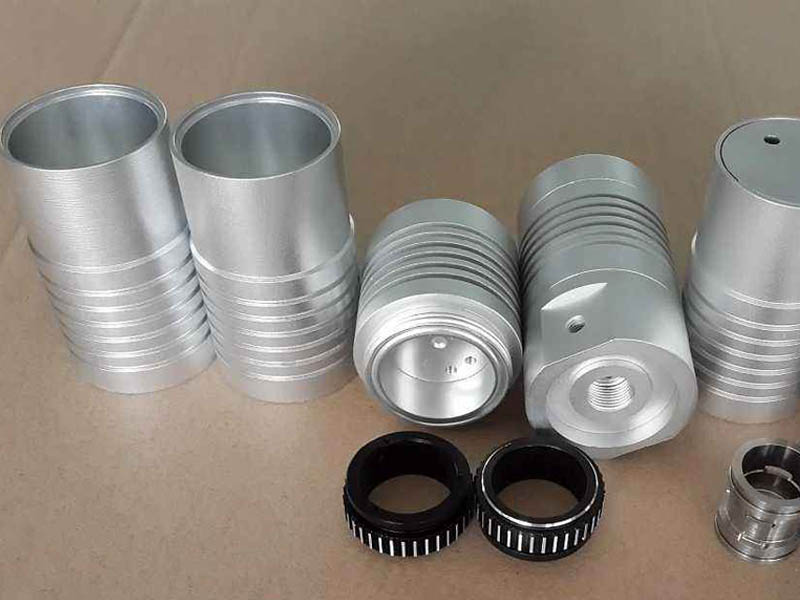Thin-walled workpieces are special workpieces, and the process of turning is different from the general workpiece turning. When turning thin-walled workpieces, due to the poor rigidity of thin-walled workpieces, some problems may occur during the turning process. Below we will introduce the turning process of thin-walled workpieces. Let everyone turn thin-walled workpieces. Be able to understand some issues.

Processing characteristics of thin-walled workpieces
1.Due to the thin workpiece wall, it is easy to deform under the action of clamping force. Thus affecting the dimensional accuracy and shape accuracy of the workpiece. Under the action of the clamping force, it will slightly change to a triangle, but after the car is controlled, a cylindrical hole is obtained. When the jaws are released and the workpiece is removed, due to the elastic recovery, the outer circle returns to a cylindrical shape, and the inner hole becomes an arc-shaped triangle. If the inner diameter micrometer is used for measurement, the diameters in all directions are equal, but the deformed shape is not the inner cylindrical surface. It is called equal diameter deformation.
2. Because the workpiece is thin, the cutting heat will cause the workpiece to deform thermally, making it difficult to control the size of the workpiece. For metal thin-walled workpieces with large linear expansion coefficients, such as semi-finishing and finishing in a single installation, thermal deformation of the workpiece caused by cutting heat will have a great impact on its dimensional accuracy, and sometimes even make the workpiece Stuck on the fixture.
3. Under the action of cutting force, especially radial cutting force, it is easy to produce vibration and deformation, affecting the dimensional accuracy, shape, position accuracy and surface roughness of the workpiece.
The processing technology of thin-walled workpieces
1. The workpiece is divided into coarse and fine turning stages
During finishing, due to the larger cutting allowance, the clamping force is slightly larger, and the deformation is correspondingly larger; when finishing, the clamping force can be slightly smaller, on the one hand, the clamping deformation is small, on the other hand, when finishing, It can eliminate the deformation caused by excessive cutting force during rough turning.
2. Set parameters of reasonable selection of props
When fine turning thin-walled workpieces, the rigidity of the tool holder is required to be high, and the smoothing edge of the turning tool is not easy to be too long, generally 0.2-0.3mm, and the cutting edge should be sharp.
3. Increase the clamping contact surface
Use slotted sleeves or some special soft jaws. The contact surface is increased, and the clamping force is evenly distributed on the workpiece, so that the workpiece is not easily deformed when clamping.
4. Axial clamping fixture should be used
When turning thin-walled workpieces, the workpiece is axially clamped by the end face of the axial clamping sleeve (threaded sleeve). Because the clamping force is distributed along the axial direction of the workpiece, and the axial rigidity of the workpiece is large, it is not easy to produce clamping deformation.
5. Add process ribs
Some thin-walled workpieces are made with several process ribs at their clamping parts to enhance the rigidity here, so that the clamping force acts on the process ribs to reduce the deformation of the workpiece. After processing, the process ribs are removed.
6. Fully pouring cutting fluid
By fully pouring the cutting fluid, the cutting temperature is reduced and the thermal deformation of the workpiece is reduced.